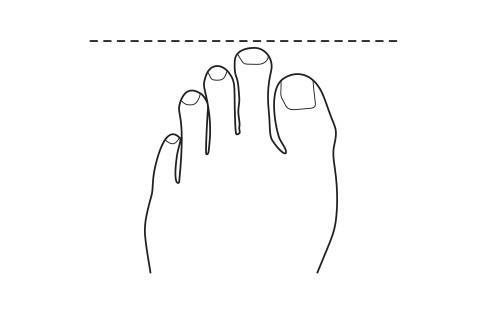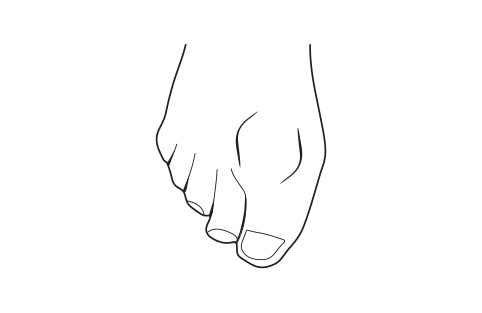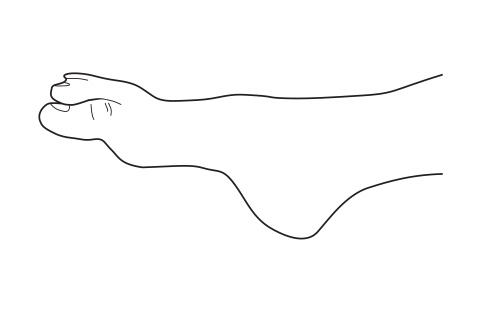Big toe assessment
Overview
The big toe plays an important role in foot stability and efficient walking. Its function is to provide additional leverage to the foot when it pushes off the ground during walking or running. Together with the pinky toe, it also assists in maintaining the body’s balance while standing.
If the big toe is short, stiff, arthritic, or has limited movement, this can affect how the energy is transferred through the foot during gait. When this energy transfer is inefficient, it will cause foot and lower limb problems and reduce mobility.
The aim of these tests is to determine how well the big toe functions. You will examine its appearance, flexibility and its range of movement.
To perform the tests
Ask the customer to stand straight with equal weight on both feet. Observe the length of the big toe. If it is shorter than the second toe, select the short option on the Move Without Pain website. Repeat for the other foot.
Ask the customer to sit with the foot suspended on the air. Observe whether the big toe is stiff and bent downwards. That is, it is lower than the bigtoe joint. If this is the case, select the plantar flexed option on the website. Repeat for the other foot.
Observe the big toe joint. If it is painful and arthritic, select the arthritic option in the Move Without Pain website. If it appears normal but there is limited movement when you try to bend the big toe, select the limited/stiff option on the website. Repeat for the other foot.
If none of the above apply, select normal on the website. Repeat for the other foot.

Short big toe

Arthritic big toe

Plantar flexed big toe